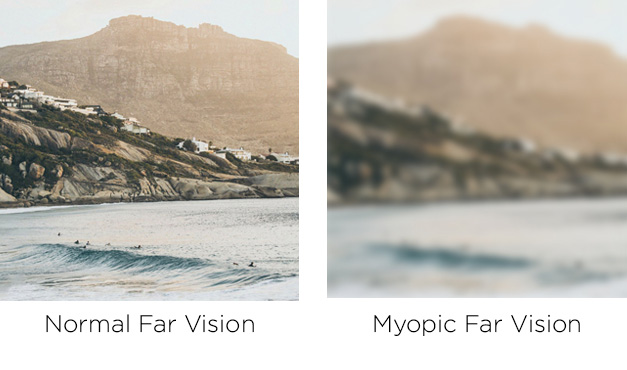What is myopia?
What causes myopia?
Genetics play their part
There is a genetic component to Myopia, so if there is a family history of nearsightedness, it is more likely to occur. Make sure you get your vision checked!
Increased use of technology
Compared to twenty years ago, children are interacting with more types of technology more often. Parents are happy to share their handheld devices with their children which are being used at ever closer distances. Children are using technology at a much younger age with lengthy screen times.
Perhaps the most easily avoided but biggest culprit is decreased outdoor time
When combined with access to technology, time spent playing outdoors has decreased. Various studies have concluded that time spent outdoors allows eyes to benefit from improved light and the ability to focus at distance.
What is progressive myopia?
Treatment for progressive myopia
Myopia symptoms


